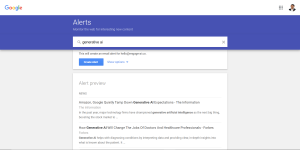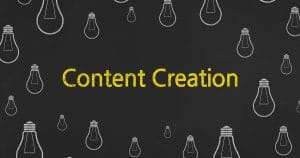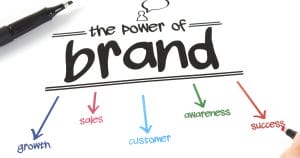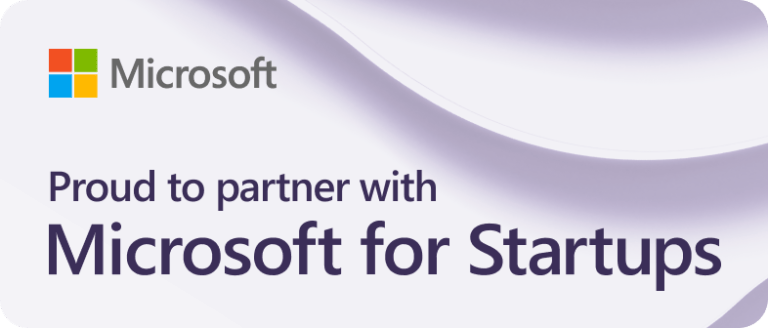Every business loves to close its leads faster, but that is seldom the case. HubSpot reports that the average close rate (leads closed) across industries is 20%, while that of SaaS is 22%.
Pipeline velocity is the lifeblood of the SaaS sales engine. The metric translates marketing efforts into tangible revenue streams, fueling growth and making them competitive.
Simply put, pipeline velocity is the speed at which potential customers (leads) progress through your sales funnel — from initial awareness to a closed deal. A healthy pipeline velocity suggests your sales team successfully converts leads into paying customers at an optimal rate.
A slow pipeline means missed targets, higher costs, and a demotivated sales team. However, boosting pipeline velocity can help unlock benefits like enhanced sales predictability, shorter sales cycles, and accelerated revenue growth.
Let’s explore four practical and effective ways to increase your pipeline velocity.
1. Assess Your Current Pipeline
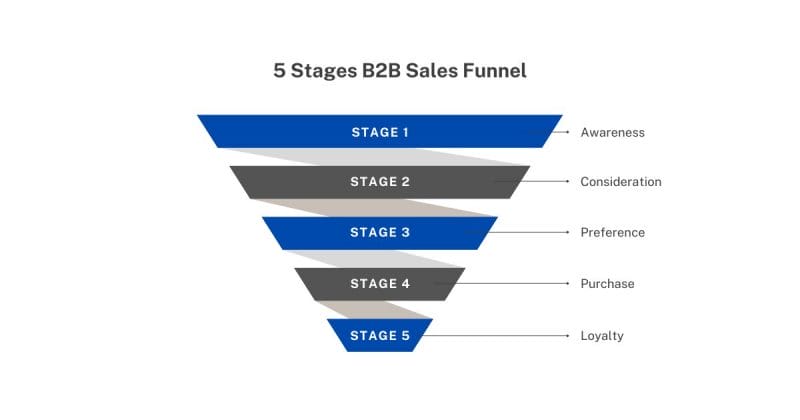
It begins with analyzing your current sales pipeline to gauge your current standing. This involves identifying inefficiencies and recognizing opportunities for improvement.
Here, you’d analyze stages of your sales process from lead generation to closing that can help pinpoint where leads tend to stall or drop off.
Here’s how to go about it:
- Mapping Your Pipeline Stages: Visualize your entire sales process, from lead generation to closure, defining each stage with well-articulated entry and exit criteria. Misalignment between sales and marketing on qualified leads (MQLs and SQLs) definitions can lead to inaccurate data and misjudgments.
- Measuring Stage Conversion Rates: Check out the percentage of leads successfully transitioning from one stage to the next. Low conversion rates between specific stages highlight areas where leads stall or churn out of your pipeline.
- Tracking Average Stage Duration: Calculate the typical time leads spend in each stage. Excessively long stage durations often point to process inefficiencies, resource gaps, or ineffective lead nurturing strategies.
An assessment of a pipeline should involve weeding out unqualified leads that stagnate it. A solution is to have a robust lead qualification process that uses the BANT or CHAMP framework. Rigorously assessing your current pipeline can filter out unsuitable leads early.
2. Conduct Strategic Segmentation and Qualification
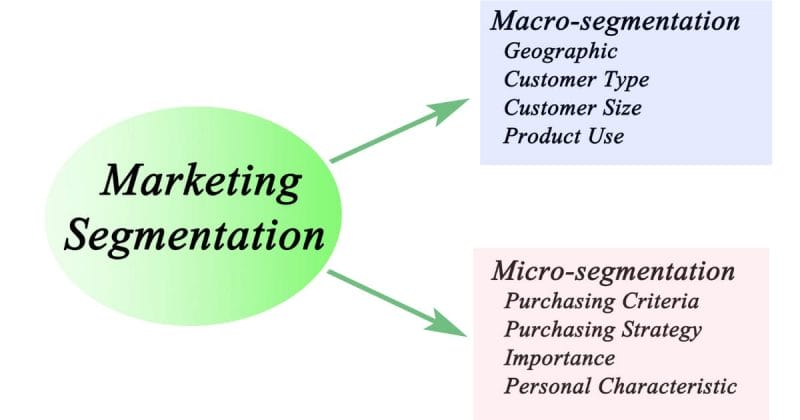
Tactics like lead segmenting and qualifying can help sales teams focus on the most promising opportunities. Generic outreach and nurturing strategies often lead to stalled deals and wasted resources.
Instead, experience thrust in the pipeline by moving beyond basic demographics.
You can try some of these:
- Behavioral Segmentation: Lead segmentation should be based on your prospects’ interaction. So, consider leveraging behavioral data like their interaction with your website (regarding downloads and subscribing to your blog), emails, or product queries. For example, those frequently visiting your pricing page can be categorized as ‘closer to a purchasing decision’ than those who are subscribed to your blog posts.
- Predictive Lead Scoring: It leverages ML and historical data to assess leads/ opportunities, allowing teams to prioritize leads and achieve high lead qualification rates. In other words, predictive lead scoring reduces the time taken to qualify leads. Thus, it helps sales teams with pipeline forecasting by considering multiple attributes and behaviors to provide. The sales reps and managers can understand lead potential comprehensively, enabling them to predict opportunities and future sales pipelines.
- Intent-Based Segmentation: Use tools like Ahrefs, Semrush, Ubersuggest, etc., to monitor external web behavior. These tools help perform competitor research, run relevant keyword searches, and check for industry conference registration. Use these signals to gain valuable insights into your current prospects’ challenges. Later, you can navigate potential solutions they might explore
Next, you can also implement a dynamic lead scoring model that assigns a numerical value to each lead based on their profile and engagement with your business. Higher scores indicate greater sales-readiness.
Here are some of the models that you can use:
Tiered Model: Classify leads into tiers (e.g., A, B, C) based on specific criteria. It includes measuring engagement level, product fit, and buying intent. Tier A leads will be your top priority, and Tier C leads need further nurturing before direct sales engagement.
Point-Based Model: Assign points to various lead interactions and behaviors. More points are assigned to actions that indicate a higher intent to purchase — downloading a product brochure, attending a webinar, etc. Leads that hold a higher number of points are considered high-priority.
Time Decay Model: This model prioritizes leads based on recent interactions, with newer activities assigned more weightage. It recognizes recent engagement as a stronger indicator of buying intent than the older ones.
3. Consider Optimizing the Sales Process
A high-performing sales process efficiently moves leads through each stage toward closure. However, some bottlenecks, like process roadblocks and unresponsive leads, can impede pipeline velocity. This is why you need a streamlined sales process.
Here are some of the ways to consider implementing:
- Identify Bottleneck Candidates: You’ll ideally analyze each pipeline stage to identify potential friction points. Some of the common ones are —
- Lengthy approval cycles for providing discounts or contracts.
- Lack of clear ownership in the sales and marketing team for specific lead nurturing activities and accountability. For instance, there are no clear definitions of sales-qualified leads (SQL) and marketing-qualified leads (MQL).
- Lack of resources or training for sales reps that results in extended qualification times.
- Consistent communication or messaging between marketing and sales teams creates clarity for prospects.
- Leverage Automation Tools: Automate repetitive and time-consuming tasks like lead data entry, email follow-ups, and appointment scheduling. Such an approach would free sales representatives, enabling them to focus on high-value activities like directly engaging with prospects and closing deals. Here, you can use an AI-based CRM system that offers real-time insights and recommendations to optimize sales efforts.
- Implement Streamlining Strategies: Develop targeted solutions to address each sales bottleneck. This includes automating approvals, establishing clear ownership models, and providing additional sales training. It can ascertain seamless collaboration between marketing and sales teams.
Here, make predictive sales as a part of optimizing the sales process. As discussed, it uses historical data, statistical algorithms, and machine learning techniques to forecast future sales trends.
This will allow your sales teams to identify potential high-value customers, predict customer needs, and prioritize leads with the highest likelihood of conversion.
Some of the ways to get started are:
Sales Forecasting Models: Predict future sales volumes over a given period for effective resource planning. This will help set realistic targets, identify potential market trends, and gauge major shifts in customer demand. Sales teams can thus have a clear picture of what can help them manage their proactively, ensuring they are always aligned with the most likely paths to success.
Pipeline Bottleneck Identification: Assess the win-loss data using predictive models to discover patterns in the pipeline. This means you can identify where deals typically move slower, helping the sales team refine their processes to move them faster.
4. Use Advanced Deal-Acceleration Techniques
Advanced deal-acceleration techniques aim to move leads quickly through the sales pipeline, thus increasing the velocity of the sales process. These techniques focus on creating a more compelling buying experience and removing friction from the sales cycle.
Here’s a structured approach to identify and eliminate these bottlenecks:
Value-Based Selling Frameworks
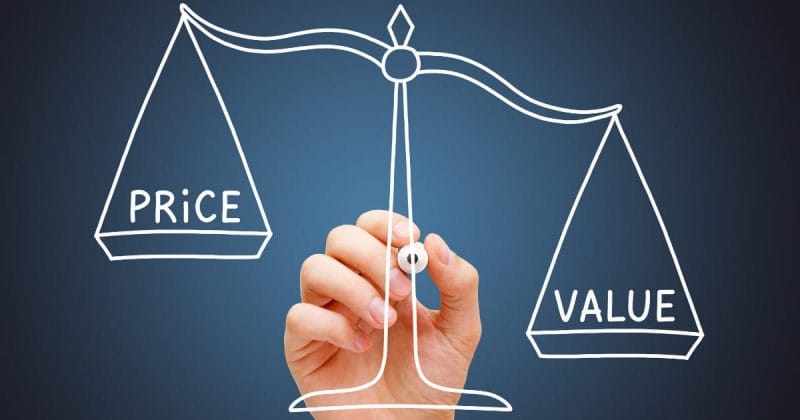
Value-based selling is a sales approach wherein the communication focuses on the customer’s return on investment (ROI) rather than the product or service’s features and benefits.
This framework involves:
- Identifying Key Value Drivers: Understand what matters most to your prospects and have sales reps focus on those aspects. For instance, it can be to reduce costs, increase efficiency, or drive growth.
- Nurture with Value: Tailor your email drip campaigns, webinars, and other lead nurturing activities to continuously provide content that reinforces the value your solution offers, addresses customer pain points, and positions you as a trusted advisor.
- Communicating Value: Move your pipeline by pushing the bottom-of-the-funnel (BoFu) content. Here, provide case studies, testimonials, and ROI calculators so prospects can gauge the tangible benefits of your solution.
Contract Proposals
The contract and proposal stages can be significant bottlenecks in the closing process. Here, you can adopt some of the automation tools to streamline these vital processes to close deals faster:
- Using Configure, Price, Quote (CPQ) Tools: CPQ software automates the quote and proposal generation process to provide accurate pricing and configurations based on customer requirements.
- Template and Content Libraries: Use tools like Figma, Canva, etc., to create customizable templates or content blocks for commonly used clauses. Using content libraries can accelerate contract creation by ensuring brand consistency and messaging.
Over to You
Bettering the pipeline velocity requires a strategic approach to pipeline assessment. It all boils down to refined segmentation, value-driven messaging, and incorporating deal-acceleration techniques. A blend of all the above tips can empower your sales team to capitalize on opportunities and drive revenue growth.
Ultimately, the pipeline is a dynamic system that requires regular monitoring of key metrics. By consistently checking these metrics, identifying friction points, and testing new strategies, your sales teams can feel proactive and in control. Implementing these approaches can be a good start to unlocking the pipeline velocity you need to outpace your competition.



